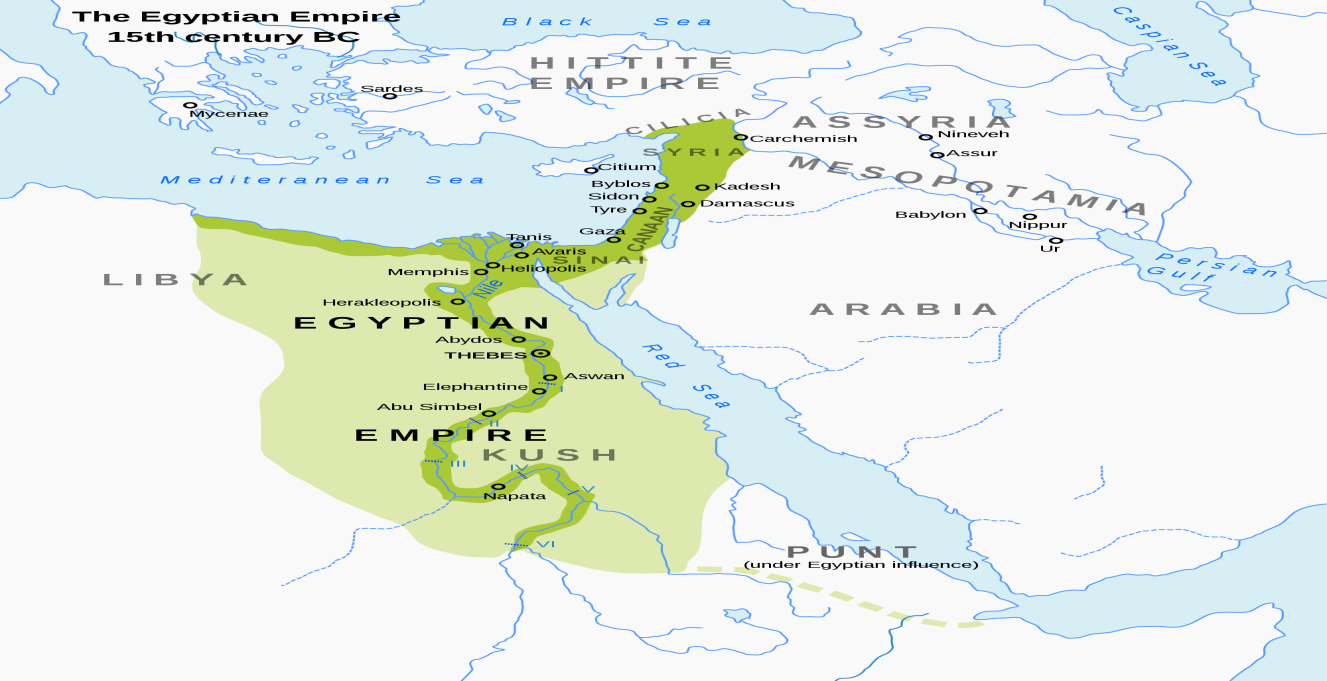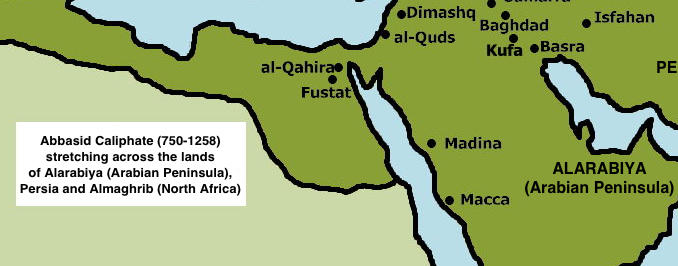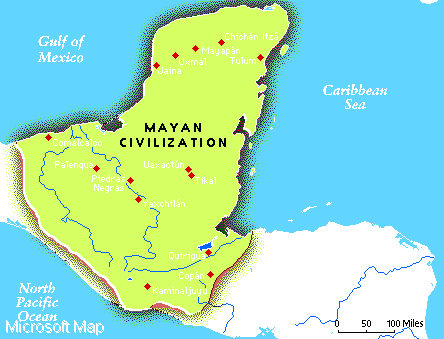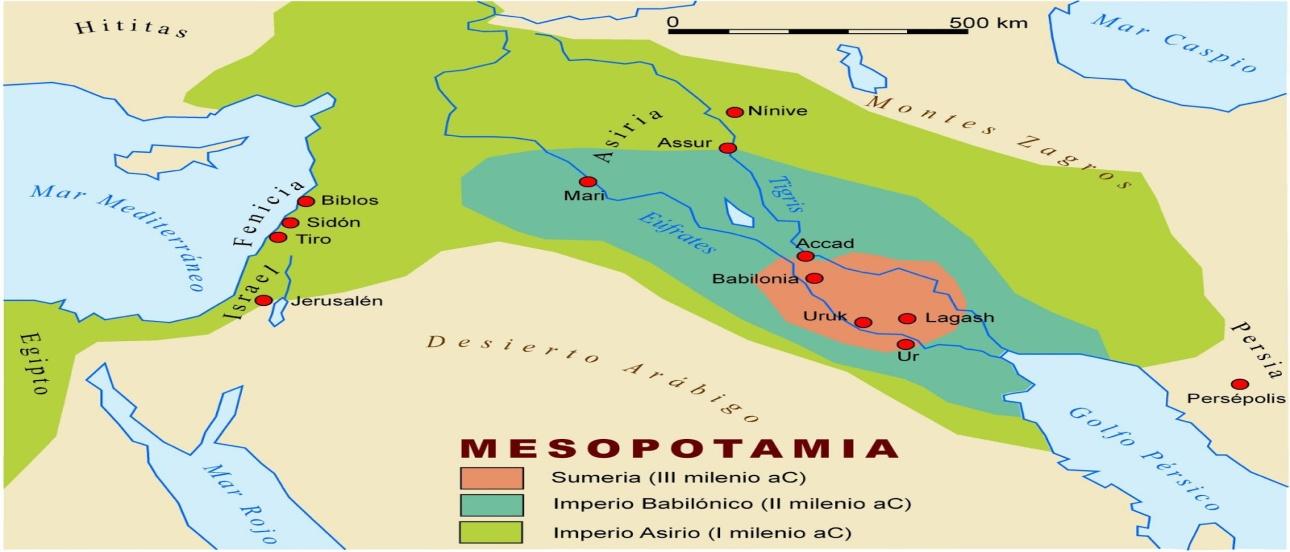Introduction
The role of scientific advancement and technological evolution in the development of the ancient civilization was humongous. Improvements in scientific knowledge strategically changed the operations of the inhabitants of the ancient kingdoms. Their way of life was considerably improved through these advancements in both scientific and technological precepts (Krebs & Krebs, 2003). In addition, most kingdoms were able to expand through the influence of technology and science and establish themselves as authorities in the regions that they inhabited. This paper is a consummate discourse on the role of these scientific and technological advancements in the development of the selected ancient kingdom.
Ancient Egypt
Illustration of the ancient Egyptian Empire

Historical chronology approximates that the Egyptian kingdom coalesced in the period between 3150BC and 3100BC. The success of this empire has been greatly attributed to its penchant for technology and science. Egypt wholesomely relied on the river Nile as its primary resource. The climatic condition of the area did not allow plenty of economic activities to take place but despite these natural challenges, the kingdom was capable of initiating several agricultural activities to sustain the population.
Mathematics and the construction of pyramids: Scientific advancements greatly enhanced the knowledge of Egyptians in geometry as an arm of Mathematics. The study of geometry has been documented as the single most important noesis that led to the construction of the pyramids from where the bodies of its Pharaohs were interred. Egypt used these concepts of applied Mathematics to chart a new course for humanity. The ancient pyramids are still mysteries in contemporary civilizations (Krebs & Krebs, 2003).
Warfare, transport, and sailing: according to historical evidence, the scientific methods applied by the Egyptian society were quite applicable in the expansion of the kingdom. Plenty of warfare arsenals invented were very fundamental in the expansion of its territories and the defense of the empire. Aerodynamics, for instance, revolutionized shipbuilding by using rudders and the infamous solar ships.
Agricultural activities: Egypt considered agriculture as their primary source of livelihood. The growth of this sector was fundamental to the sustainability of the empire. The leadership, therefore, dedicated immense research into agricultural practices that yielded maximum output to help feed its population. Such advancements included irrigation of the dry soil through the hydraulic concept. Fully aware of the incessant dry seasons, the empire was able to create reservoirs for irrigation of their lands.
Medicine: the kingdom learnt the art of dressing wounds, preservation of dead bodies through mummification, and the art of neuroscience.
Historians admit that these advancements in scientific knowledge were substantially responsible for maintaining the existence of these kingdoms. Food supply was enhanced; trade activities were increased, and even the general quality of life was improved. These two components were considered the key to the enhancement of human civilization in the ancient world.
Abbasid dynasty
Illustration of the Abbasid dynasty

Education and business: Abbasid kingdom adopted the use of paper within their borders. The use of paper as a tool for writing was a factor in the revolution of the communication and education models in the empire. This scientific advancement was ideal in the keeping of records and the manufacture of books for disseminating knowledge (Krebs & Krebs, 2003).
Agriculture and engineering: the adoption of the use of a windmill in the irrigation of farms was an invention of the Abbasid dynasty. This advancement in technology was very significant in the enhancement of production in the empire. It is also worth mentioning that the windmill led to the expansion of agricultural activities and trade. Distillation of kerosene and the use of gears were some of the salient technological advancements that engineered a new course for the human civilization in the empire (Krebs & Krebs, 2003).
A critical study of these scientific and technological advancements reveals not only their significance in the growth and development of the kingdom but also the impacts that these advancements had in the history of humanity. These scientific advancements incessantly opened new chapters in the course of the civilization of humanity.
Maya kingdom
Illustration of the location: Maya kingdom

For a long time, the Maya kingdom has been considered the epitome of scientific and technological advancements owing to their engineering and architectural skills. In addition, the Maya had an enormous knowledge of Mathematics and astronomical systems that duly helped them in advancing the development of their kingdom.
The architectural prowess of the Maya people has been witnessed in the construction of its pyramids. Just like the Egyptians, the Mayans developed very advanced architectural designs that helped them in the construction of pyramids and the palaces of the nobility. The Maya architecture can be witnessed in the cities that they designed. The meticulous manner in which they did their urban centers revealed their ingenuity. Topographical concepts were later advanced by the Maya civilizations in the building and construction sector.
The Maya advanced the understanding of the movement of the moon and the concept of seasonal changes through the study of astronomy. The effect of the astronomical knowledge in navigation was quite profound. Of significance to mention, is the advancement of the Mathematical concept of zero and graphs in the Maya civilization (Krebs & Krebs, 2003).
Mesopotamia
Illustration of the location

Mesopotamia was considered as one of the most technologically advanced kingdoms in the history of the ancient civilization. Its invention of the glass manufacturing techniques and iron smelting placed it on a pedestal of early civilization. The history of human civilization can be traced to the kingdom, their desire to be self-dependent in the management of their lives led to advancement of these scientific methods that inspired the civilization process (Krebs & Krebs, 2003).
Agriculture: the origin of Archimedes screw is believed to be in Mesopotamia. The invention was very instrumental in the irrigation system and laid the foundation for the pursuit of other engineering inventions.
Medicine and surgery: Mesopotamia set the foundations of modern medicine. The practice of biochemistry and disease diagnosis was an idea setup by the inhabitants of the kingdom. An evaluation of the advancement of science reveals the desire by the inhabitants of Mesopotamia to be self-reliant and to advance their locus of independence.
Conclusion
The role of science and technology in the advancement of human civility is eminent. The cradle of human civilization had one singular feature, appreciation of science and technology as a tool for advancing human independence. In this regard, it is therefore accurate to admit that the advancement of technology is the first step towards civilization of the human race.
References
Krebs, R. E., & Krebs, C. A. (2003). Groundbreaking scientific experiments, inventions, and discoveries of the ancient world. Westport, Conn.: Greenwood Press.
Olson, R. (2010). Technology and science in ancient civilizations. Santa Barbara, Calif.: Praeger.